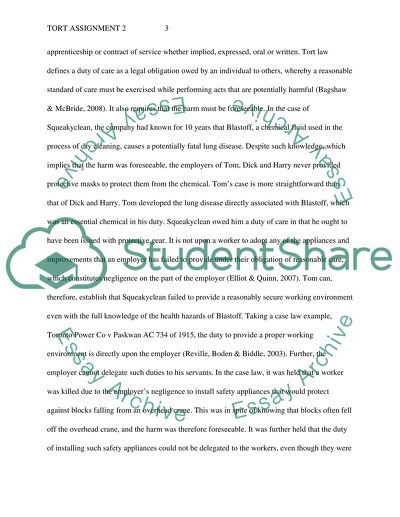Cite this document
(“Tort Assignment 2 Example | Topics and Well Written Essays - 1500 words”, n.d.)
Retrieved de https://studentshare.org/law/1631569-tort-assignment-2
Retrieved de https://studentshare.org/law/1631569-tort-assignment-2
(Tort Assignment 2 Example | Topics and Well Written Essays - 1500 Words)
https://studentshare.org/law/1631569-tort-assignment-2.
https://studentshare.org/law/1631569-tort-assignment-2.
“Tort Assignment 2 Example | Topics and Well Written Essays - 1500 Words”, n.d. https://studentshare.org/law/1631569-tort-assignment-2.


